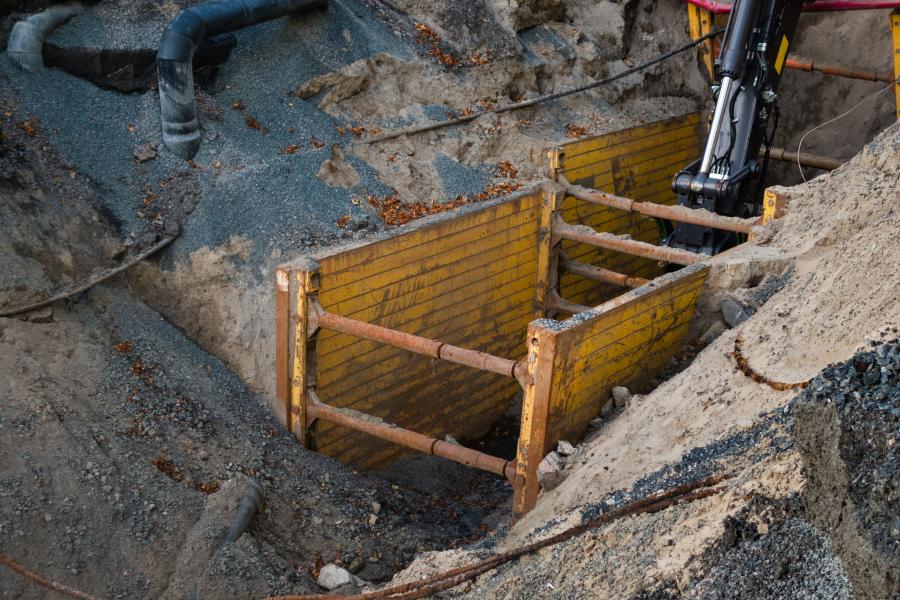Digging trenches are an essential element of several constructions. They are utilized for the construction of telephone lines, pipes or any other type of tubular structure that must be installed underground, such as oil rigs, oil pipelines, etc. Trenching in these areas can become difficult because of the excessive amount of moisture. It’s not easy to get rid of all dirt and dirt particles around objects, but it is risky to expose skin to risk.
Trench boxes are required to be used for any repair or type that requires accessing the ground. Trench boxes can also be utilized to guard against collapse depending on the soil quality and material thickness. They are constructed of steel/aluminum framing and are employed to temporarily hold it in place while excavation is taking place around them. In the end, grout is fixed to two layers, if needed, so that no cracks develop at the site level.

Pre Installation
It is crucial to determine any risk that might be present prior to excavation. This includes knowing the type of equipment needed and how many people need access, in addition to contemplating whether there might be alternatives to how the task could have been completed without risking life or the limb (such low-invasive methods). The pre-excavation survey must include an extensive risk assessment to ensure that all possible dangers are readily recognized. This will help reduce potential complications later on.
The depth of the trench is an important factor to think about as well. A 5-foot slab of concrete can be used to support your needs. If your trench is larger than that, then shoring or sloping will be required. However, if the trench is 20 feet deep and has no straight sides, any structure above ground has to account for the increased danger of foundation movement.
The trench should be accessed by ladders or steps, or even a ramp. Access must be within 25 feet of workers in the event of an emergency. The trench box may also be used for testing for low oxygen levels, toxic gases and other problems. These devices can be simple to install, but it is important to take care not to pile them over other.
Care: Caring for the trench
1. You should check your trench box and the supporting structure every day to ensure that there is no damage or movement.
2. All personnel working on site must wear protective equipment and be wearing steel-toed boots.
3. Keep heavy equipment and other tools at least three feet from the trench edge.
Extraction
The process of installing a trench box will likely be more challenging than removing it, as the earth around it moves. For extraction, you can employ chain slings. An overhead crane can also be used.
1. Straight Pull Straight Pull the most basic methods for extraction of materials. Attach your sling between the two points and pull out. There is no need for excess force or unneeded movement.
2. Half Pull: A half-pull is used to connect the trench box to one side and raise it as high as is possible. This will allow you to clear any debris or dirt from inside the trench box without causing any damage to your yard.
3. Single Pull: You link one of the chains to your extraction/lifting location. Each panel is raised in turn. When the time comes for removal however, you can use your trusted pull.
For more information, click shoring trench box